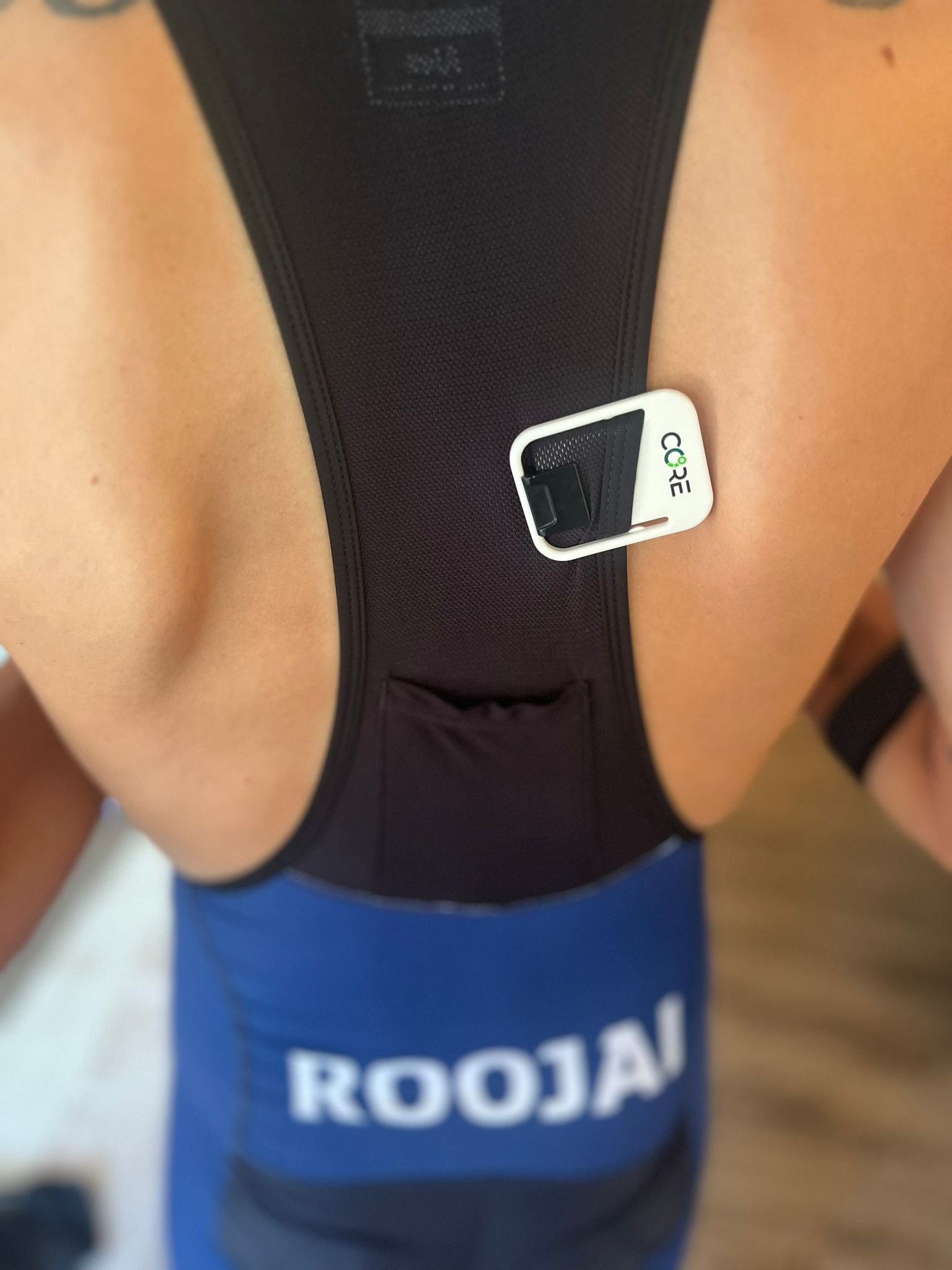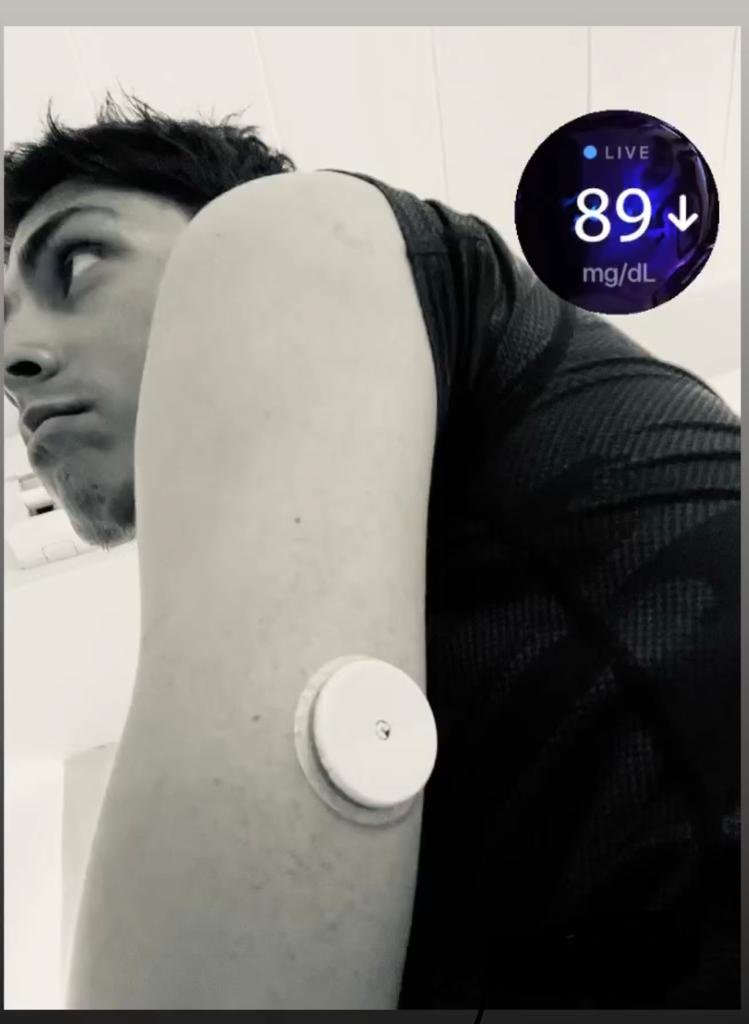Deeper
Performance Testing and Analysis: The Key to Unlocking Your Full Potential
Its critical to understand the importance of performance testing and analysis to improve our performance on the bike. Through decades of experience, we have learned that regularly monitoring fatigue markers is essential to prevent overtraining and injuries.
That's why we conduct blood analysis every 8-10 weeks to measure fatigue markers such as CPK, cortisol, ferritin, and red blood cells. These markers help us adjust our training program according to the physical stress that our bodies are undergoing during training and competition.
Athlete performance progression showing improvement to power production at various heart rates.
In addition to blood analysis, we also use the INSCYD testing platform to test ourselves every 6-10 weeks. This platform measures more than 40 different KPIs, which provide us with detailed insights into our performance. By identifying our strengths and weaknesses, we can develop highly targeted training programs to improve our overall performance.
A sample athlete profile derived from our INSCYD protocol.
To further optimize our training, we also use wearable technology such as Whoop and Oura Ring to monitor our RHR, HRV, and sleep quality. These metrics help us determine our recovery status and identify potential overtraining or fatigue.
Recovery tracking sensors and apps such and Whoop and Oura help to provide us with valuable information on our athlete’s condition.
During competition, we monitor our body temperature using Core sensors, as this can affect our performance and lead to heat exhaustion. Although disallowed in racing, we can also analyze our glucose levels during training using real-time data from Ultrahuman sensors. This helps to provide us with a wealth of information to ensure that we are properly fuelled for races.
Core temperature sensors evaluate the effect of body temperature on training and racing performances
F1 grade telemetry - glucose monitoring sensors help us to fuel correctly during training.
Post workout, we use also our Oyeet massage guns to help us recover after intense training sessions. This helps to reduce muscle soreness and stiffness, allowing us to recover more quickly and train more effectively.
Oyeet - recovery massage guns
Cycling performance testing and analysis is a crucial component in improving performance, preventing injury, and optimizing training programs. By regularly monitoring fatigue markers, testing with the INSCYD protocol, and utilizing wearable technology, we can get a more detailed view of our performance, which helps us create targeted training programs to achieve our cycling goals.






